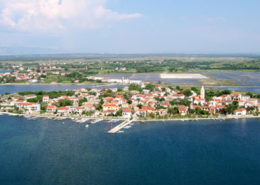Probably the best-known Croatian region to American tourists is Dalmatia. Known as the “Pearl of the Adriatic,” the famous historic walled city of Dubrovnik is frequented by cruise ships and featured in movies. However there is so much more to the history, culture, and nature of this part of Croatia. It contains limestone cliffs, tiny villages, 233 miles of coastline, and a treasure chest full of some of the most beautiful islands on earth.
The name Dalmatia comes from the Illyrian tribe Dalmatae. This beautiful maritime region has been hotly contested throughout history and, as in other parts of Croatia, it once had a strong Roman presence. Roman Emperor Diocletian is said to have been born in Dalmatia, and he built his fortified retirement palace in Split, which is an integral part of the city’s center today.
The Slavs entered the picture in the beginning of the 7th century AD. In the 9th century, Croats formed the Principality of Dalmatian Croatia, which stretched along the entire coastline of today’s Croatia. They developed their own language, fortified their towns, became Christianized, and formed commercial and sometimes stormy political alliances with their neighbors.
From 1358 until 1808, the Republic of Dubrovnik (also known as Ragusa) ruled a small, politically neutral area of Southern Dalmatia and became a successful commercial rival to Venice due to their mastery of seafaring. They traded all over the world, including in the Americas. Dubrovnik abolished slave trading in 1416, rose to economic prominence in the 15th and 16th centuries, and was distinguished by advances in public health, diplomacy, law, and literature. They adopted a white flag with the Latin word “Libertas” (liberty), which is still a motto for the city of Dubrovnik today.
Over the centuries, portions of the region passed to Venice, France, Austria, and Italy, and were eventually united under Yugoslavia. In the late-20th-century Croatian War of Independence, Dalmatia became a bloody battleground with Serbia; the scars are still visible today.
During the summer, cruise ships overrun Dubrovnik; come in the off-season and you will practically have the Old City to yourself. The Festivity of Saint Blaise, patron saint of Dubrovnik, has been held on February 3rd continuously since the year 972. Visit Saint Nicholas Church in Čilipi to see a folklore museum and watch traditional dances, and to find beautiful handmade embroidery. And when you make your way north to Zadar, be sure to experience the music of the Morske Orgulje (Sea Organ) on the waterfront—then stay for sunset when Pozdrav Suncu (Greeting to the Sun) comes alive with color and light.

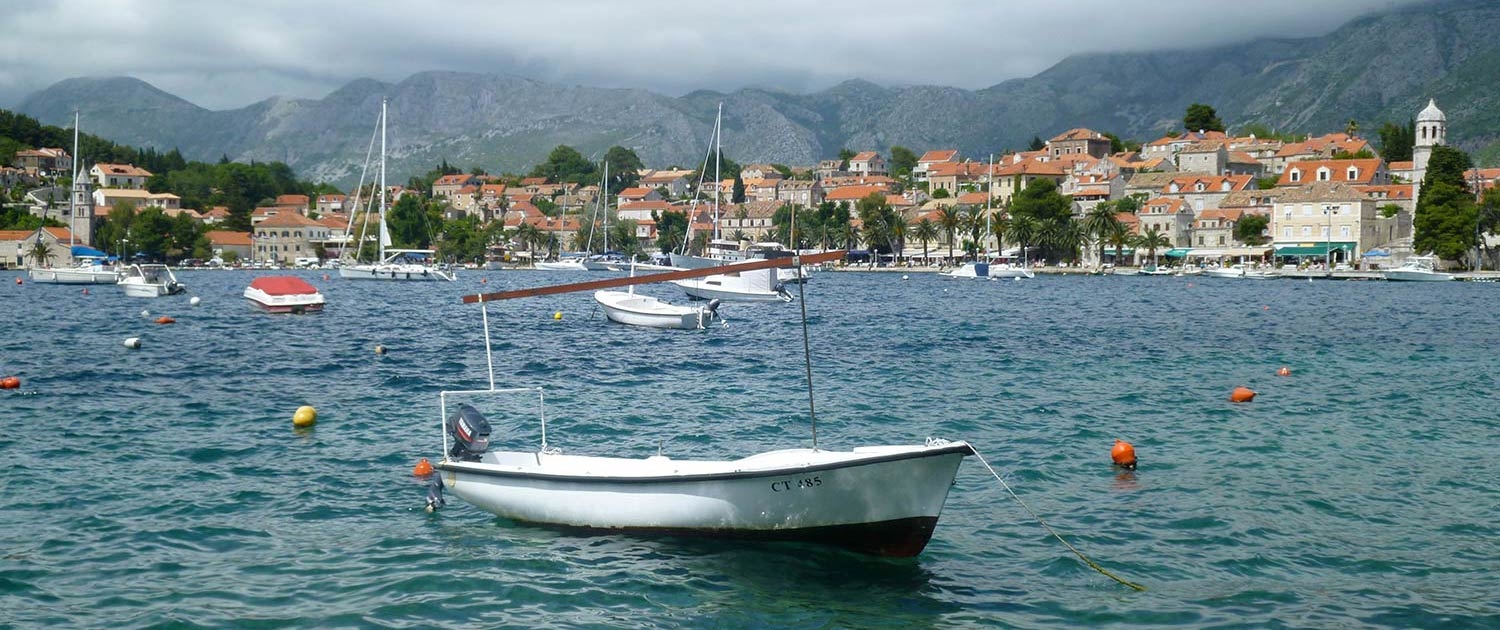
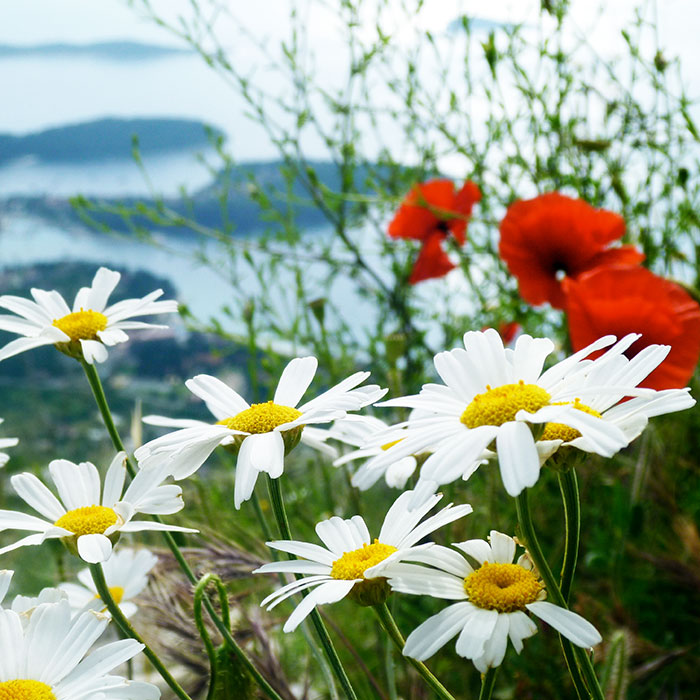

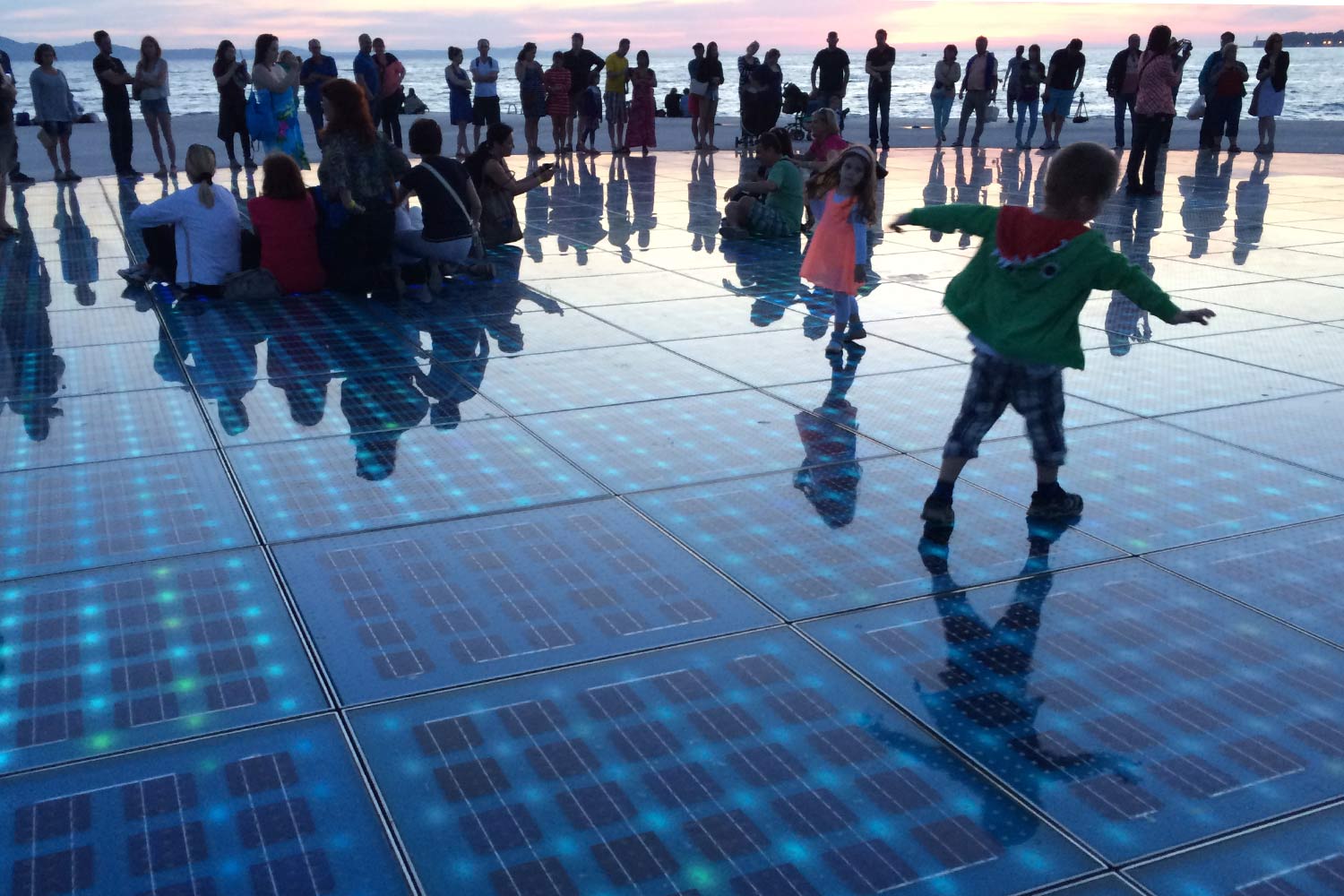
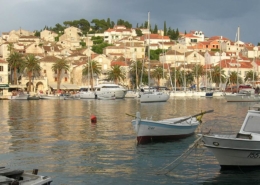 ©2020 DOMA Tradin
©2020 DOMA Tradin